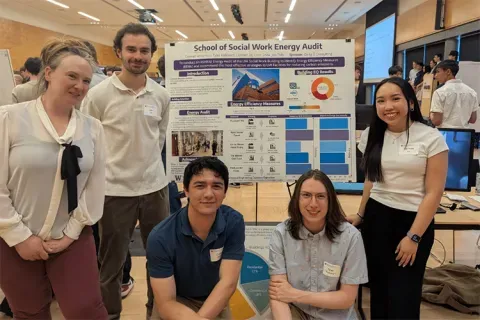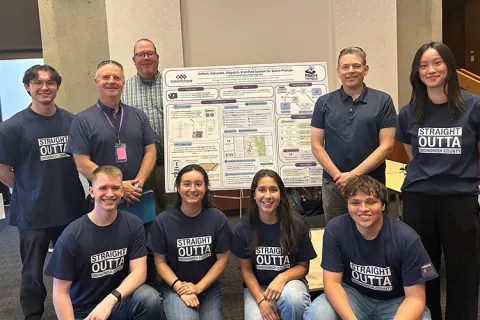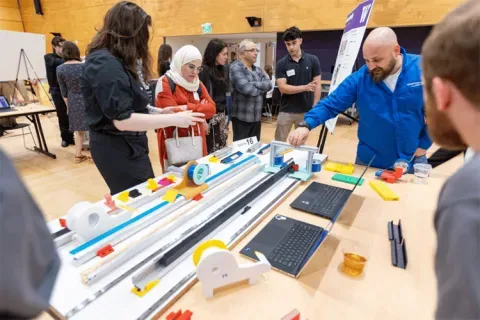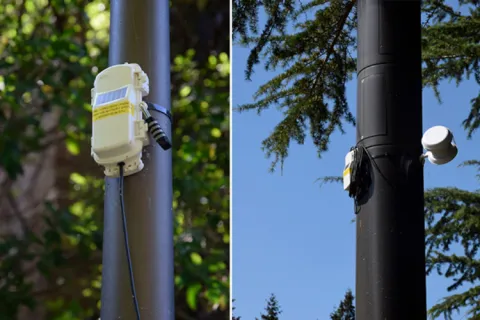Boeing
Formation Flying Small Satellites EO/IR Missions
This student team will work to produce a system design report, similar to a proposal for a novel space mission including overall details of the space vehicle and the concept of operations. The end result this student team is working to achieve would be similar to a proposal for a NASA Small Explorers Mission (https://explorers.gsfc.nasa.gov/smex.html). This type of project will expose the student team to a variety of spacecraft system design problems requiring them to learn and exercise skills beneficial to work on a spacecraft development program. This capstone project also serves as way to connect Boeing engineers working on space systems with UW students and faculty. This project serves to supplement material in the spacecraft and space systems design courses for participating students, and give students an opportunity to apply their coursework experience to a relevant problem. This student team will work to spend at least 3 hours/week on the project, including 1 hour/week with a Boeing mentor. This student team will work to get ideas from mentor(s) about what to research and then do that research independently. This student team will work to do basic system modeling in CAD, MATLAB, STK, etc. to estimate and quantify system performance parameters such as power, mass, propellant, and RF communication link budgets, mission orbit design and trajectory, etc. This student team will also work to model the system and use systems engineering skills to investigate the relationships between spacecraft mass, power system, and propulsion system choices. This student team will also work to conduct trade studies on key subsystem parameters to finalize their design concepts. This student team will also work to develop a Concept of Operations (CONOPS) for the mission and an OV-1 (operational view) describing the key functions the system is performing and develop high-level mission objectives and system requirements for their mission. Finally, this student team will work to create a schedule and cost estimate for the mission based on similar missions and cost estimating relationships. The outcome this student team will work to achieve is a production of a report and presentation proposing the system design for their mission. The students will work to include the following elements in the report/presentation: mission description, mission objectives, driving requirements, mission architecture, trajectory and maneuver design, spacecraft architecture (subsystem design for structures, electrical power system, propulsion, comm, GN&C, payload, etc.), launch vehicle selection, system-level trade studies (propulsion system choice, electrical power system choice, radio, etc.), and systems engineering technical resources (e.g. spacecraft mass budget, power budget, link budget, propellant budget, etc.), and a high-level cost and schedule estimate.
Faculty Adviser(s)
Alvar Saenz Otero, Aeronautics & Astronautics
Related News

Mon, 10/13/2025 | UW Mechanical Engineering
Capstone collaboration leads to award
An ME capstone team received first place for its energy audit of the UW School of Social Work building.

Thu, 07/17/2025
UW engineering students develop smart ballot solution
UW engineering students develop smart technology solution to improve ballot collection for Snohomish County.

Mon, 07/07/2025 | UW Mechanical Engineering
Capstone creations
Students displayed innovative capstone design projects at the 2025 expo.

Fri, 09/20/2024 | UW Civil & Environmental Engineering
Smarter irrigation for a greener UW
A new project combines satellite data with ground sensors to conserve water and create a more sustainable campus environment.